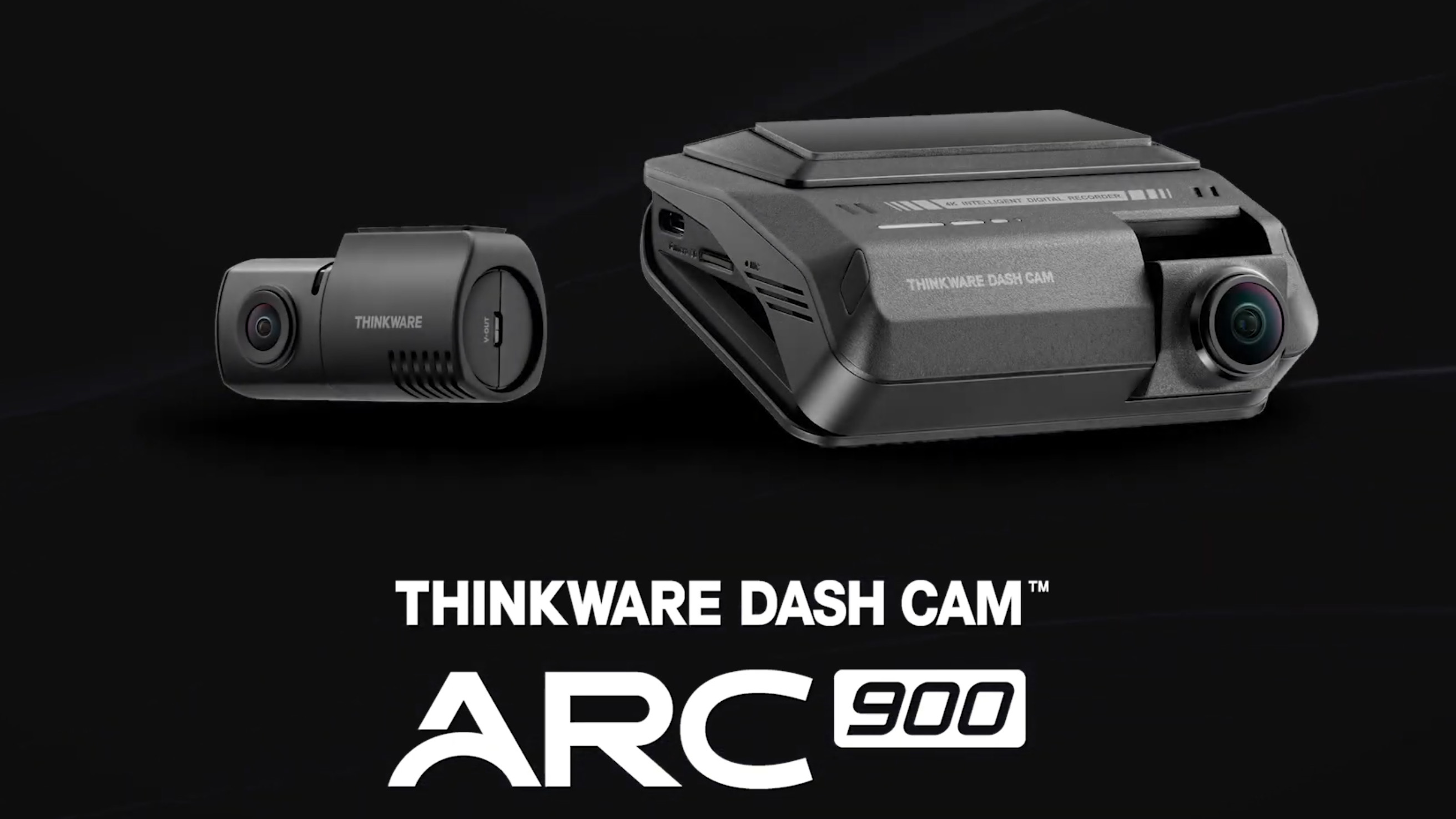His grandfather was a photographer who lost his vision. Now, this biomedical engineer’s company is working to restore sight with camera glasses and an implant
Researchers have restored vision to AMD patients in a clinical trial using a retinal implant paired with specialty camera glasses
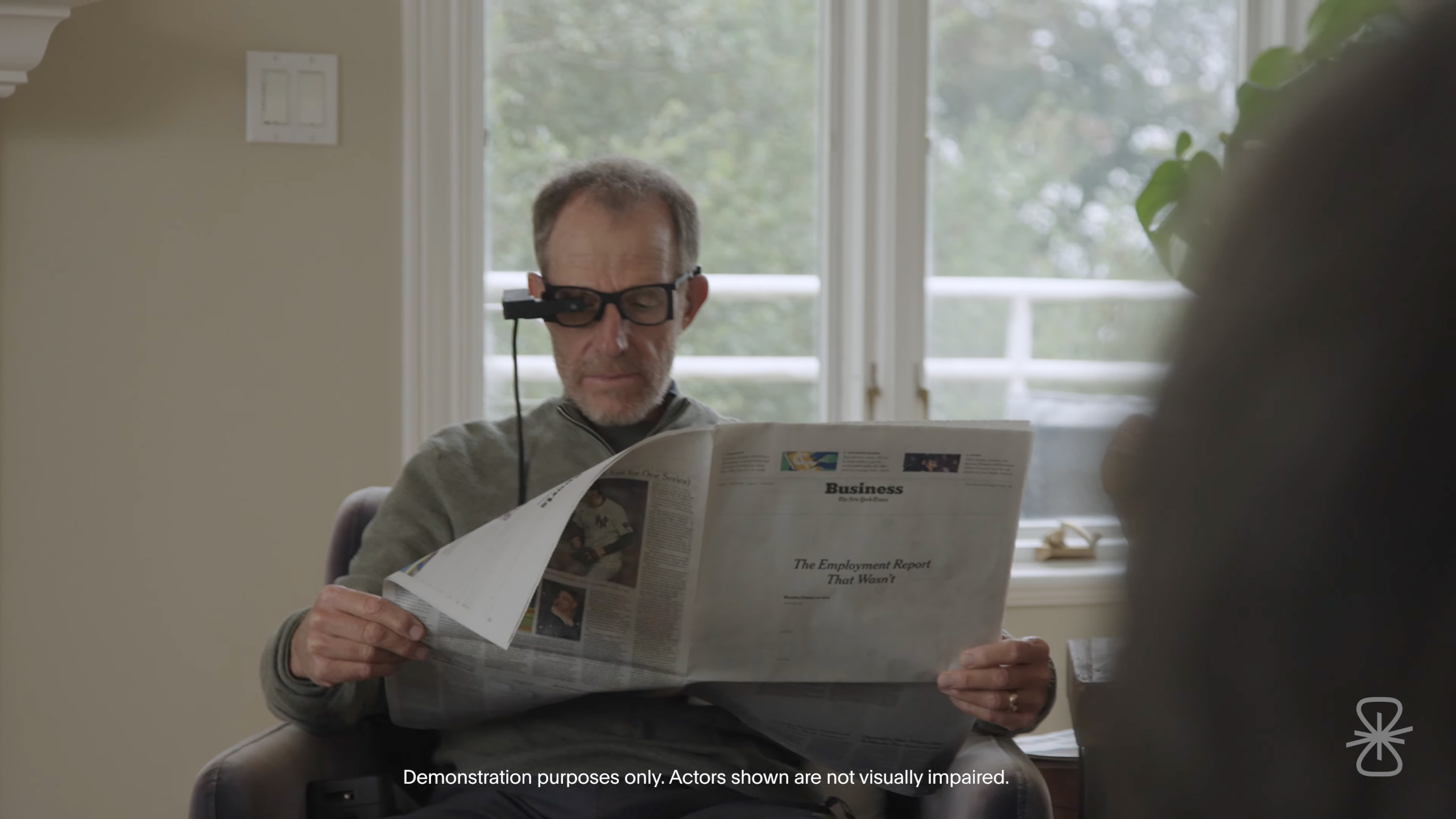
Age-related macular degeneration (AMD) is one of the leading causes of vision loss for those over age 50, but a recently published medical trial has given patients the ability to read using a retinal implant and a pair of specially designed camera glasses. The research is headed by a team from multiple countries and insitutions, including a biomedical engineer inspired by his photographer grandfather’s vision loss.
Researchers from Science Corporation and Stanford University have developed an artificial retina and a pair of camera glasses that has improved vision enough to read again in 27 out of 32 patients. The research was published in the New England Journal of Medicine on October 20.
The prosthetic retina measures just 2mm by 2mm, but it acts like an array of miniature solar panels with 378 pixels. The specialized camera glasses projects near-infared light to the implant. The retinal implant converts light into electrical stimuli for the neurons. That allows patients to see, albiet in a different way than before.
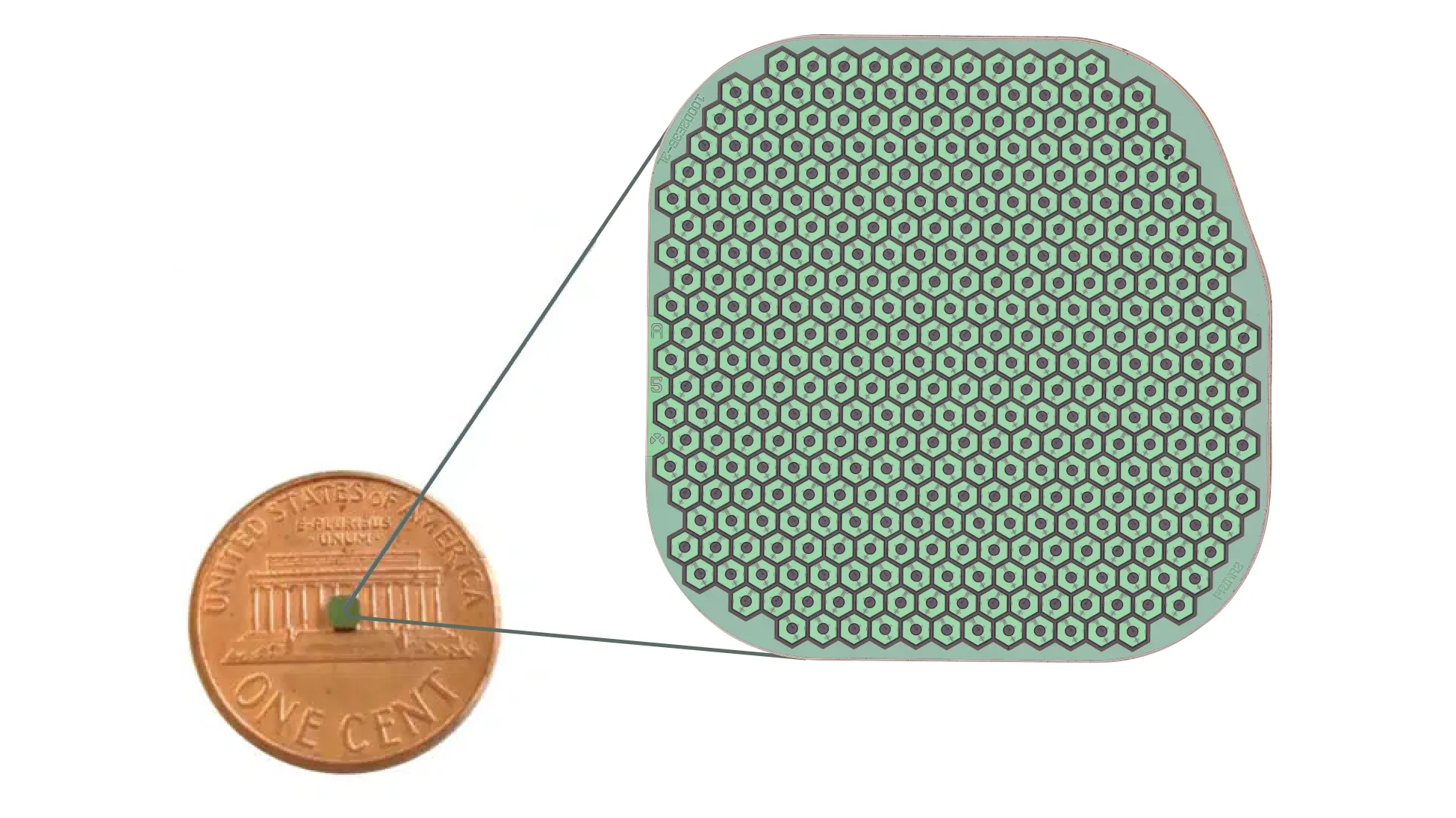
The restored vision doesn’t resemble natural vision. That sight is in black and white, blurred, and has a narrow field of view, and patients also had a learning process to adjust to the unusual way of seeing. The glasses have a zoom function that also helps with tasks such as reading.
But, out of the 32 patients in the trial, 84 percent reported they could read letters, numbers and words. On average, patients were able to read 5.5 more lines on vision testing charts than before.
Max Hodak, a biomedical engineer and the Founder and CEO of Science Croporation, said that he watched his grandfather struggle with loosing his sight. “My grandfather, he was an erospace engineer. He was also a photographer. And so I remember going from like being taught to develop film in a dark room to him loosing his sight,” Hodoak said.
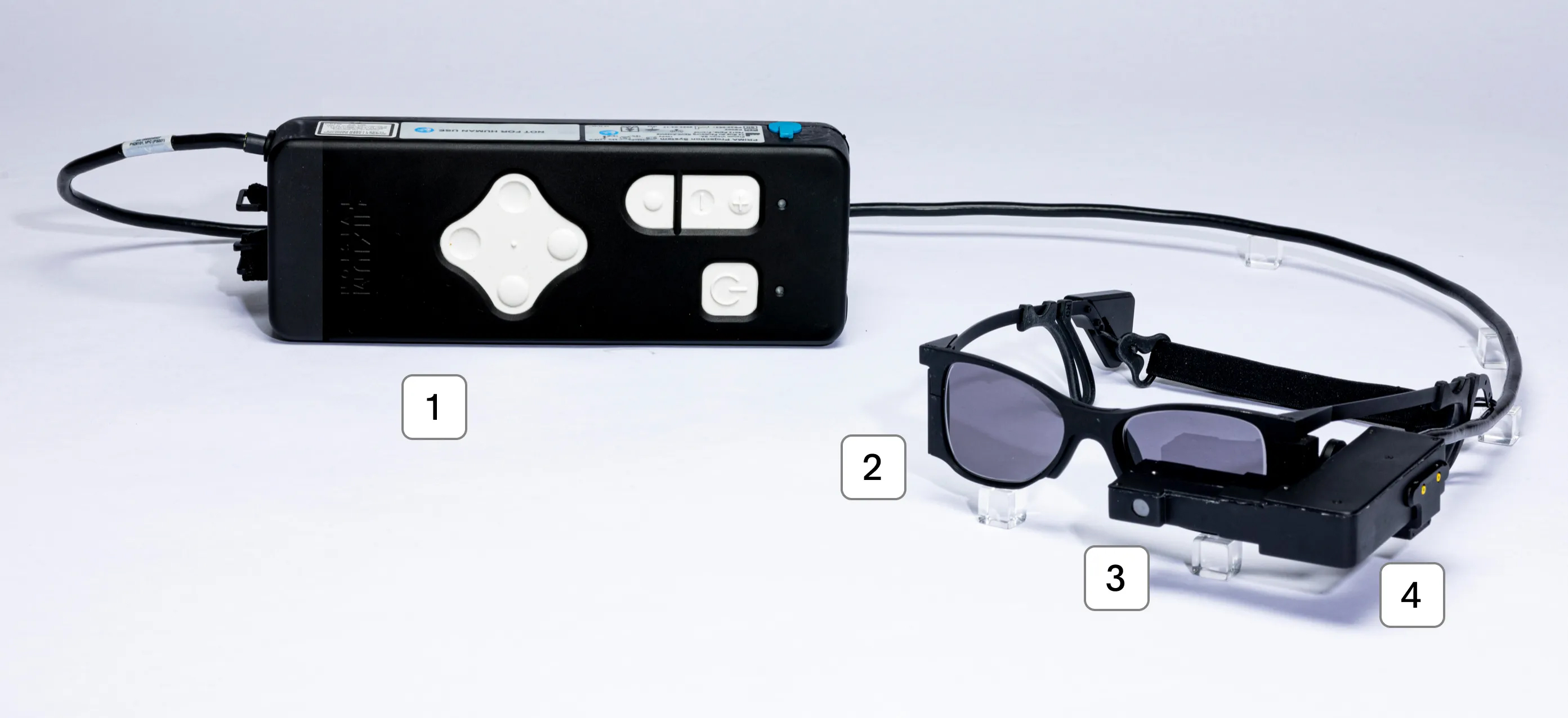
The research was a joint effort between researchers from multiple institutions. Along with Science Corporation, Stanford University’s Dr. Daniel Palanker started working on the retainal implant in 2004.
The best camera deals, reviews, product advice, and unmissable photography news, direct to your inbox!
“We rely on vision more than anything else,” Palanker said, who is already working on another version with increased resolution. “About 40 percent of the brain power is used for processing visual information. It is also a window into the brain. It is a frontier of science…This project is actually my longest and most challenging and most rewarding.”
Along with researchers from Stanford and Science Corporation, the paper’s authors also include medical professionals and researchers, with the implants used in 17 clinical sites in five different countries.
Researchers said that 95 percent of the side effects – which included bleeding, increased pressure, and tears in the retina – were resolved after about two months.
AMD is a condition where the cells in the retina begin to die, causing a loss of vision at the center of the visial field. While medications can slow the progression of the disease, AMD has no known cure.
While the publication of the research is a significant step for the research that has been in the works for decades, the device has yet to be approved for use beyond research purposes. The company has applied for use in Europe and is “in talks” with the Food and Drug Administration for use in the US.
You may also like
Browse the best camera glasses.
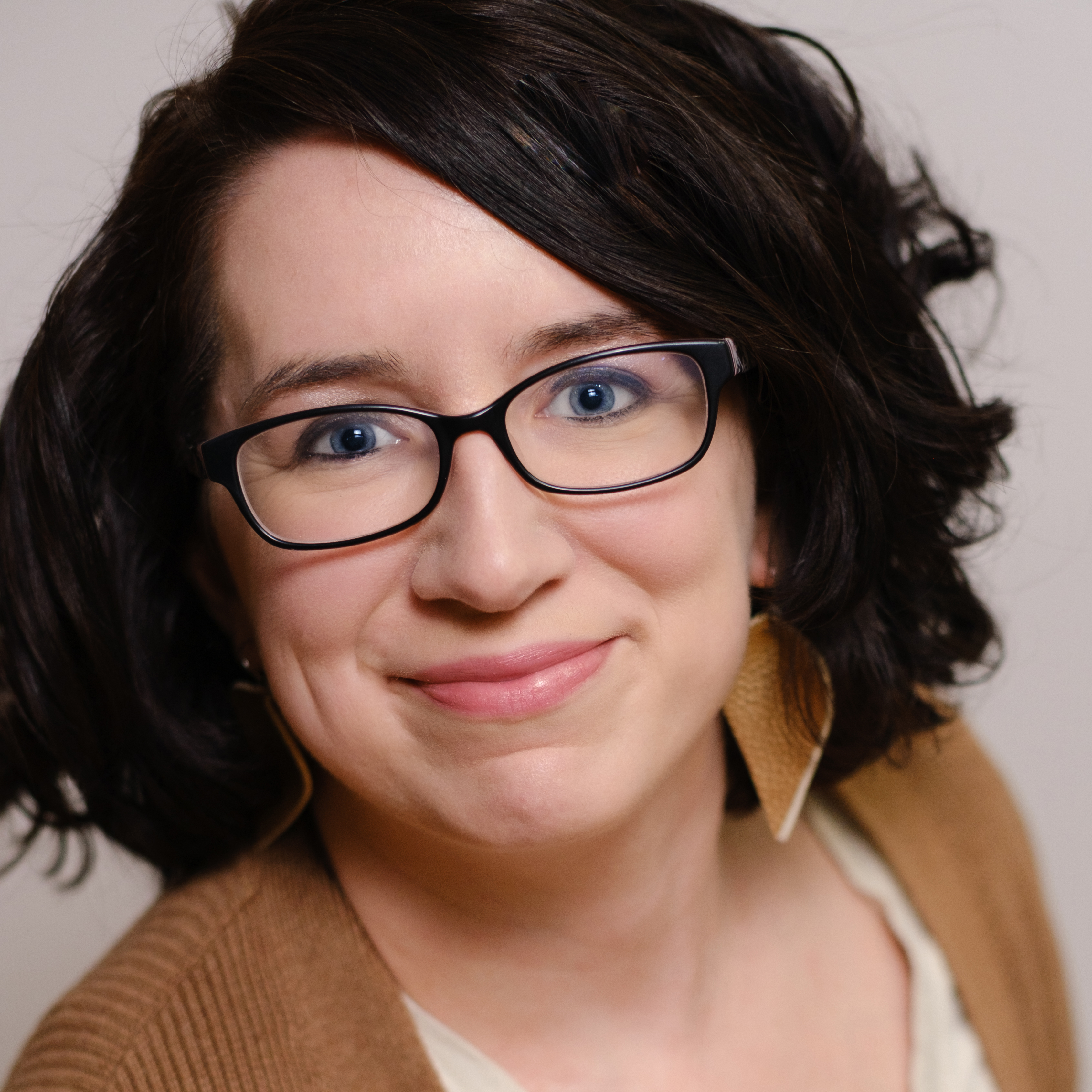
With more than a decade of experience writing about cameras and technology, Hillary K. Grigonis leads the US coverage for Digital Camera World. Her work has appeared in Business Insider, Digital Trends, Pocket-lint, Rangefinder, The Phoblographer, and more. Her wedding and portrait photography favors a journalistic style. She’s a former Nikon shooter and a current Fujifilm user, but has tested a wide range of cameras and lenses across multiple brands. Hillary is also a licensed drone pilot.
You must confirm your public display name before commenting
Please logout and then login again, you will then be prompted to enter your display name.

